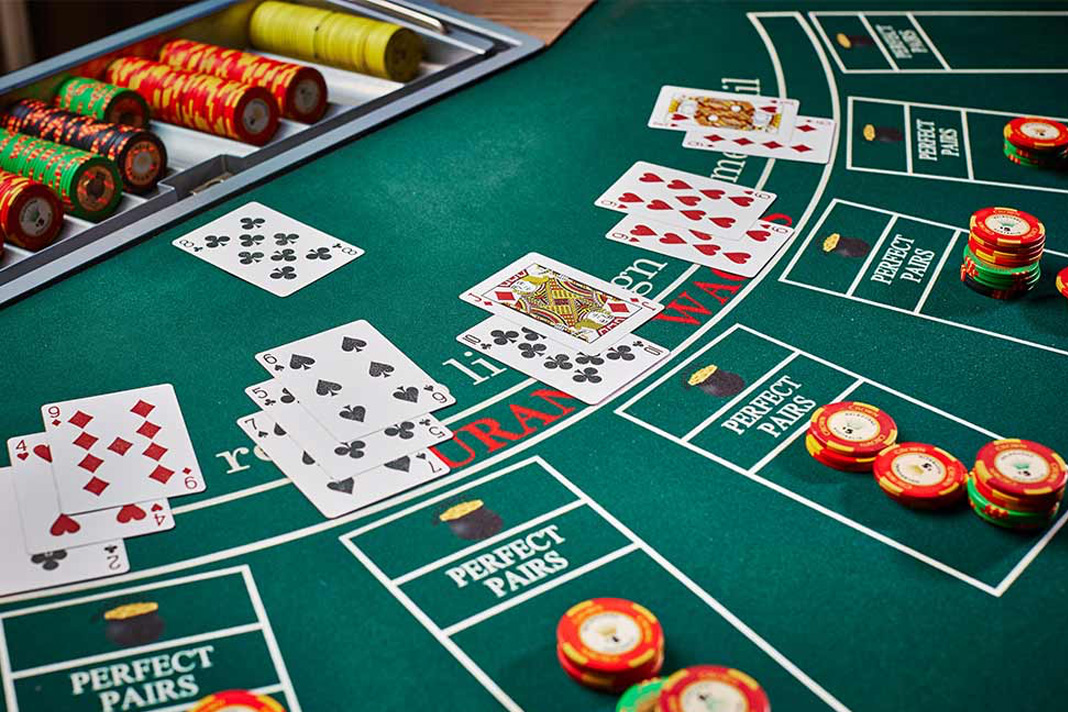
There is a basic method of blackjack card counting that doesn’t require a slide rule. Despite all of the elaborate systems and extensive charts, card counting is really just a matter of keeping track of the cards already played out. The cards that have already been burned, cannot appear in either your hand or the dealer’s. When you know what cards have been played, you know you won’t be seeing that card again. Armed with that basic information, you can play your hand accordingly and give yourself an advantage.
The simplest card counting method in black jack is called the high/low or plus/minus point count method. This is how it works: you give each card that you see dealt a number value and you keep a running total in your head. You give a value of +1 to low cards (2 through 6), and a minus value to high cards (10, J, Q, K). The middle cards 7, 8, and 9 you give a value of zero. This is because their overall effect on reaching 21 is negligible as compared to the others. Some systems use a value of -2 for the Ace instead of -1 and give a value of +1 to the seven instead of zero. With each card dealt you add that card’s value to your running total and you have a score of where the remaining deck is. It could be positive or negative.
Why do this? Counting card value gives you an advantage because it gives you a general idea of what cards are left in the deck. If you have an idea of what to expect with future cards, you can adjust your strategy accordingly. The player gains an advantage when a deck has a shortage of cards valued 2, 3, 4, 5, 6, 7, 8. When a deck has a shortage of cards valued 10 or Ace; the player has a disadvantage. The presence of 7, 8, and 9 have an overall neutral impact on the player.
If you know when the remaining cards are rich in 9’s, 10’s, and Aces you can alter your basic blackjack strategy play thereby increasing the odds of winning a particular hand. If you know there are more low cards remaining you can bet more money because the deck is favorable to you. The higher your count in the positive then the more advantage you have against the dealer. The lower the count, the more disadvantage you have against the dealer.
So, card counting is really just a matter of paying attention to what is going on and keeping a running total in your head. By watching the game closely, you can get a good idea of the cards already dealt. For example, if on the first round of play in a single deck blackjack game, a disproportionate number of aces and 10s were dealt, then the deck is unfavorable. If a whole group of smaller cards showed on the opening round, with few aces or tens, then the deck is favorable.
